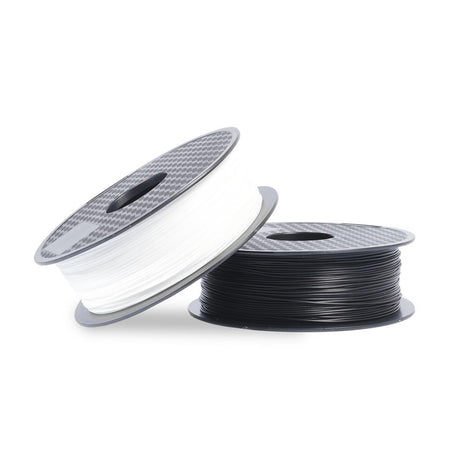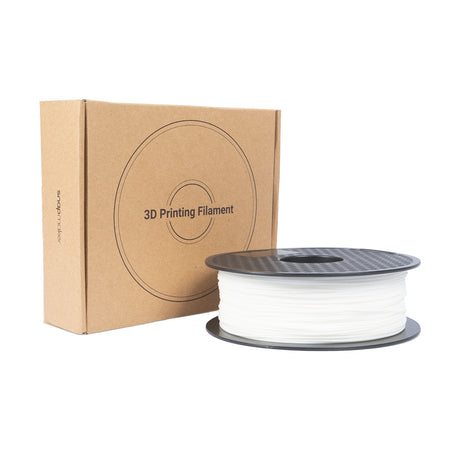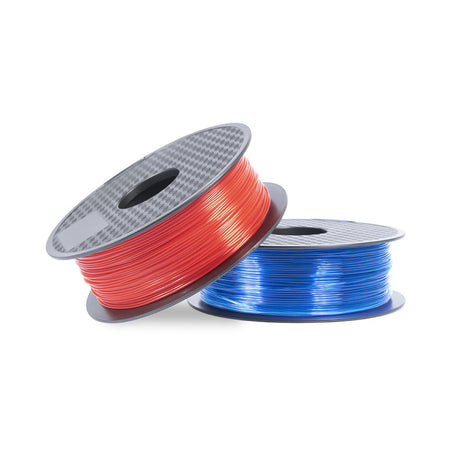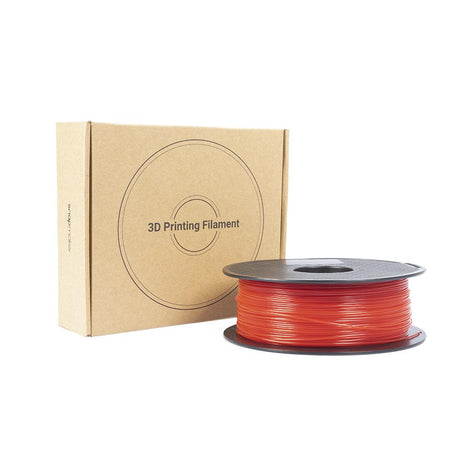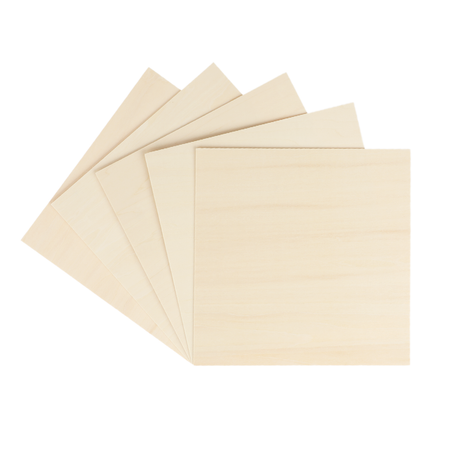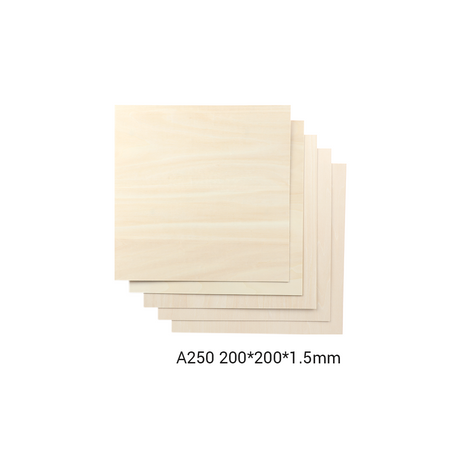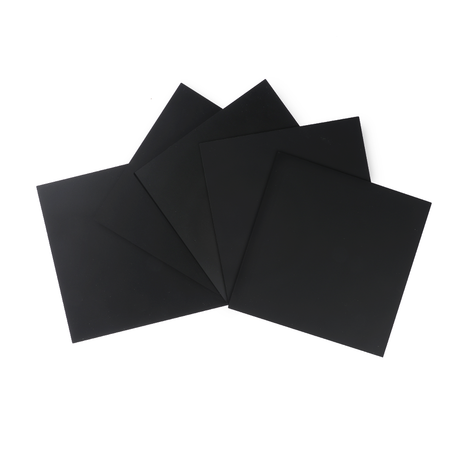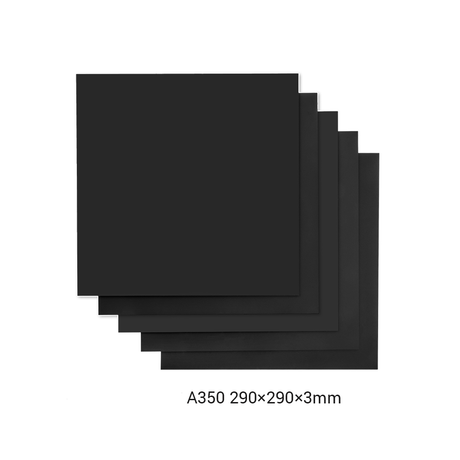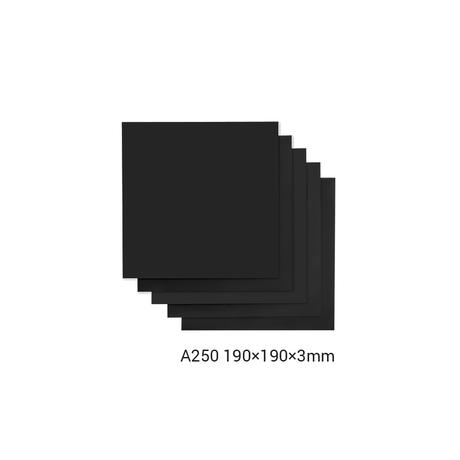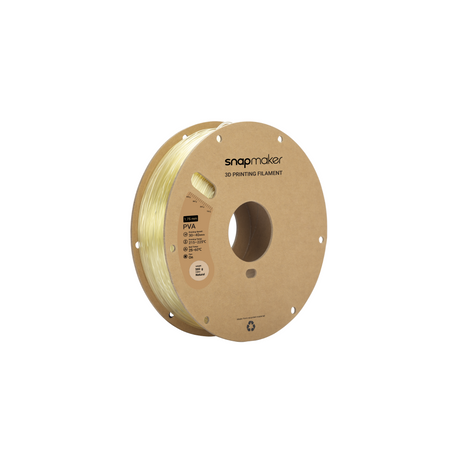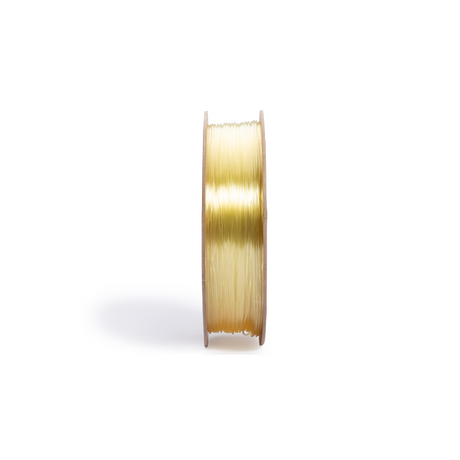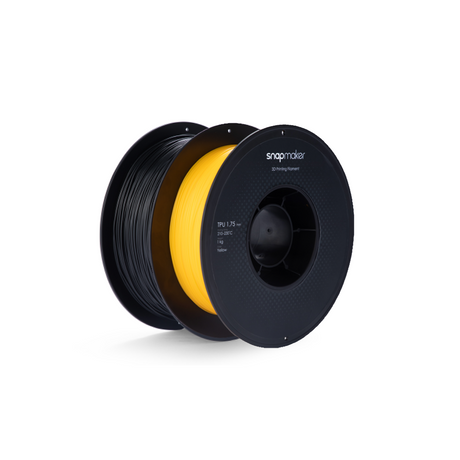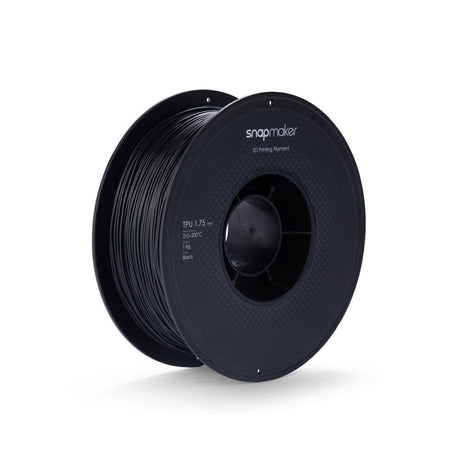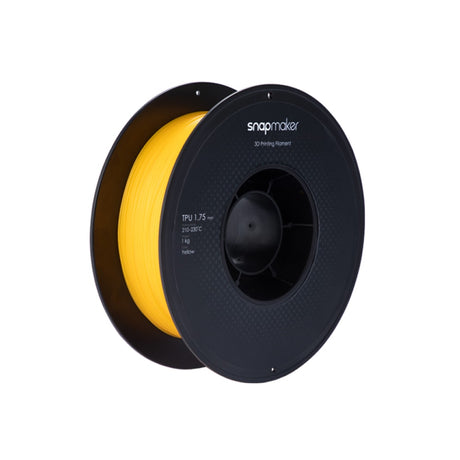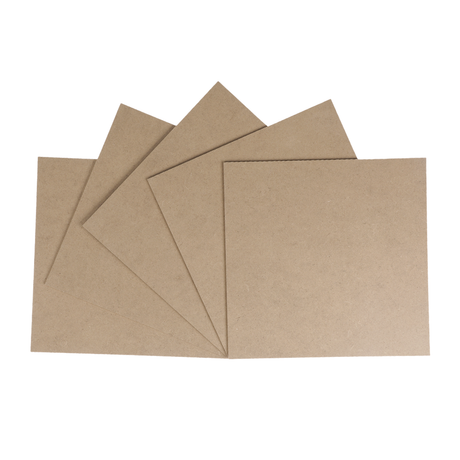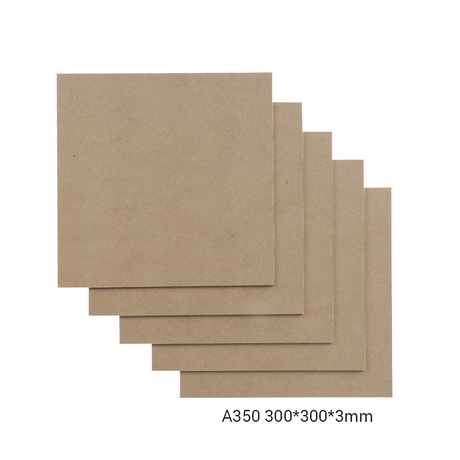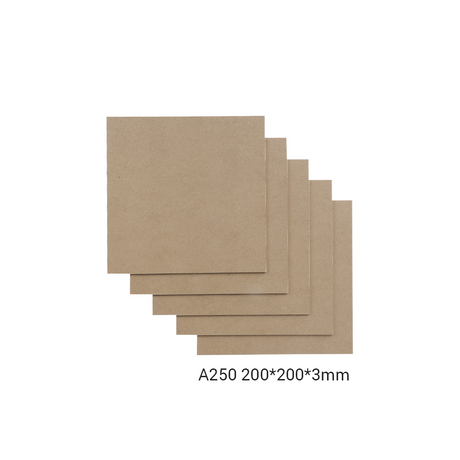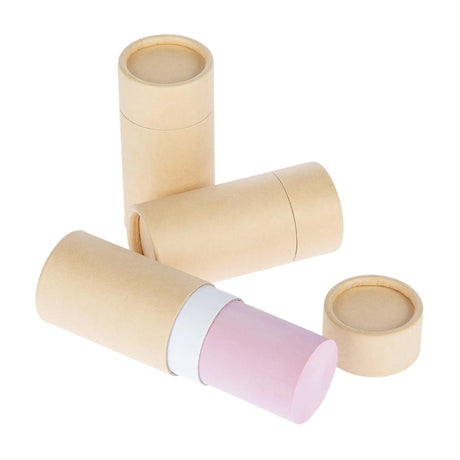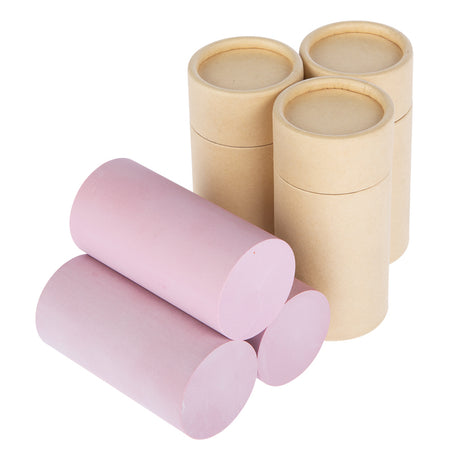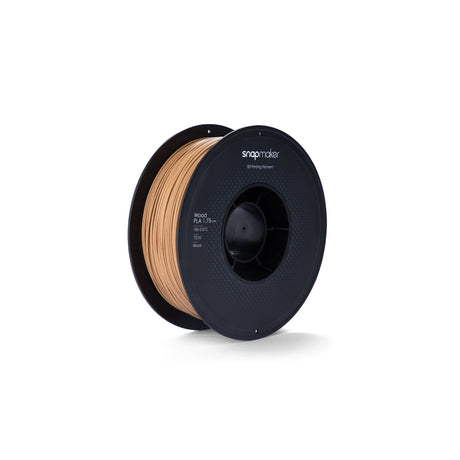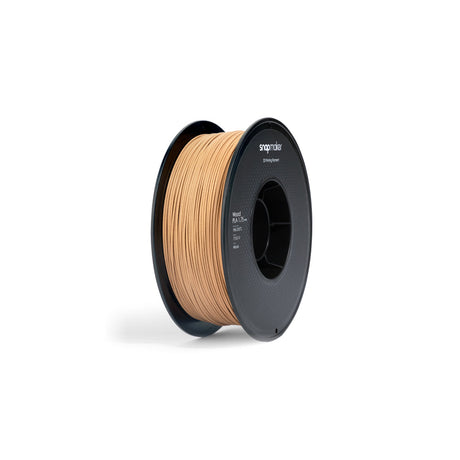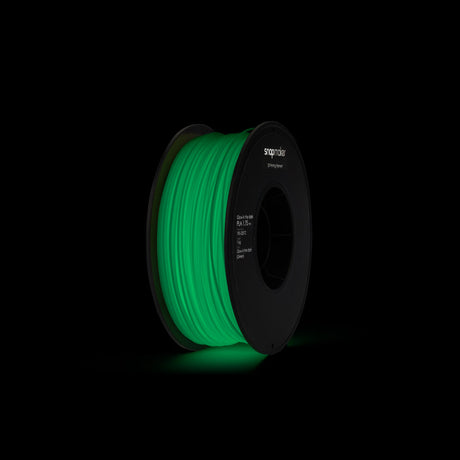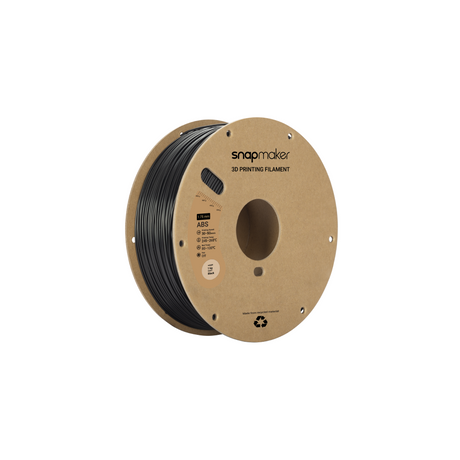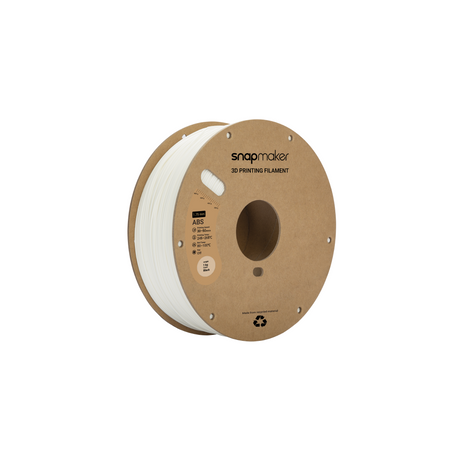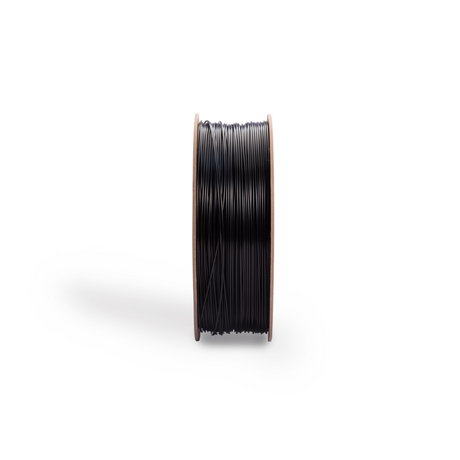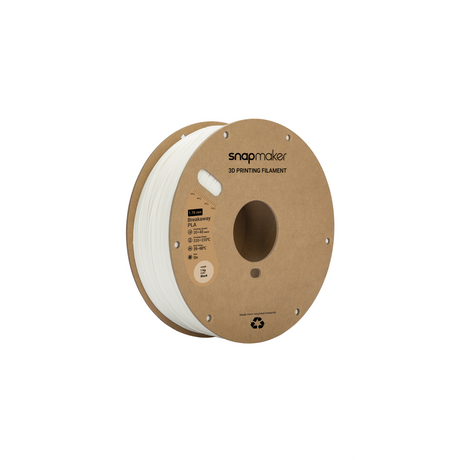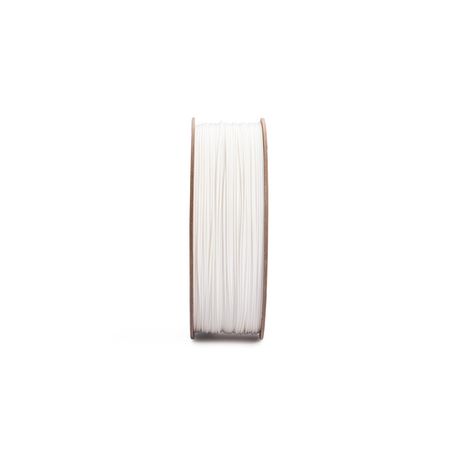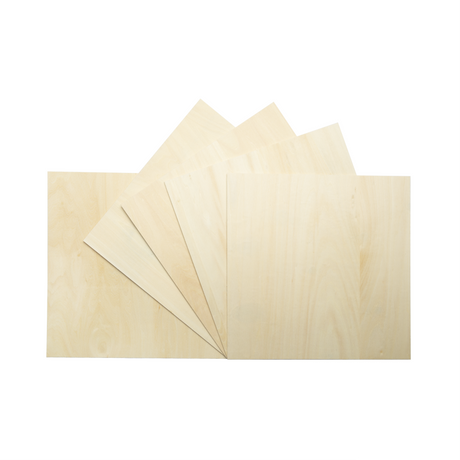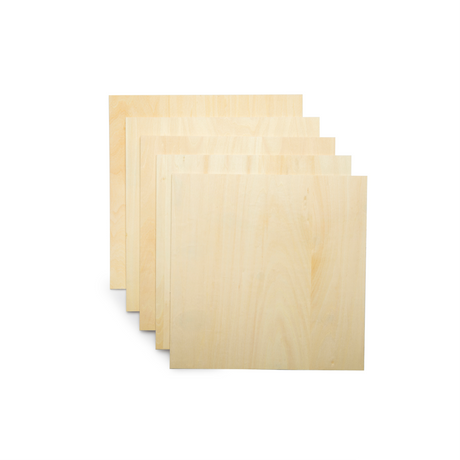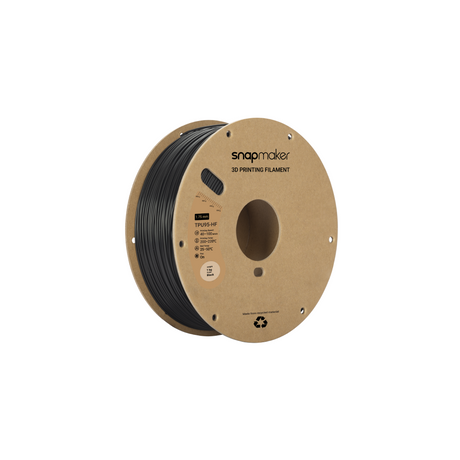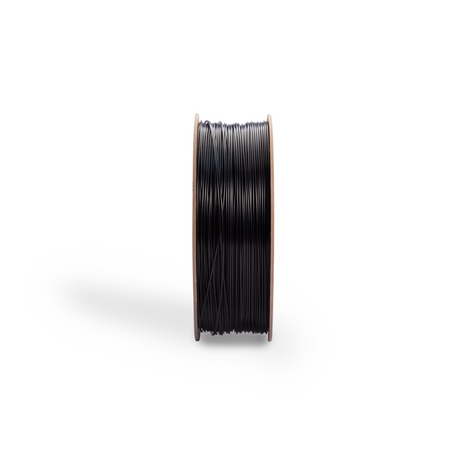There are several places where you can find high-quality 3D printing filament. Here are a few options:
1. Online retailers: Many online retailers specialize in selling 3D printing filament, such as Amazon, Matterhackers, and 3D Universe. These retailers offer a wide range of filament types and brands at competitive prices.
2. Filament manufacturers: You can also purchase filament directly from the manufacturer, such as Ultimaker, MakerBot, and Polymaker. This is a great option if you want to ensure the quality of the filament you are purchasing.
3. Local suppliers: Some cities have local suppliers that specialize in 3D printing filament. These suppliers may offer a smaller selection, but they often have knowledgeable staff who can help you select the right filament for your needs.
4. Online marketplaces: Websites like eBay and Alibaba also offer a variety of 3D printing filament at different price points. However, it is important to do your research and ensure that you are purchasing from a reputable seller.
When choosing a filament supplier, it is important to consider factors such as filament quality, price, shipping costs, and customer service. Additionally, it is important to ensure that the filament is compatible with your 3D printer and that it meets your specific printing requirements.
